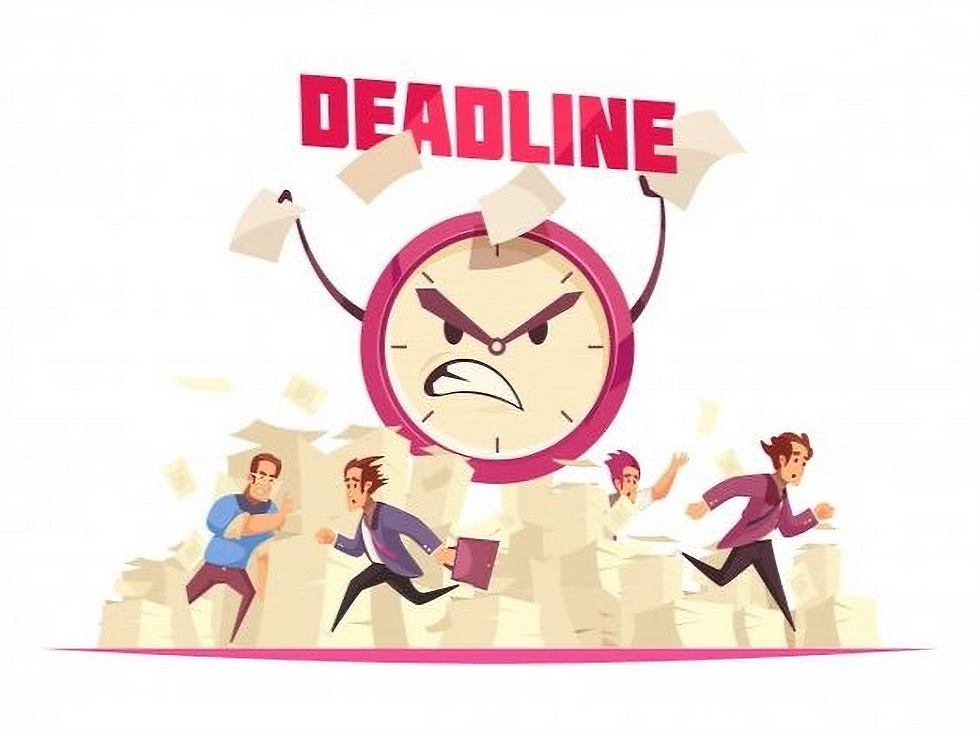The Fight or Flight Response: Managing and Dealing with Triggers @ Workplace
- Shyam Soundar
- Oct 20, 2024
- 4 min read
Imagine this: it is just an ordinary working day, Monday morning, in the office. You attend a meeting and you have been developing a project or a proposal for several days or weeks and suddenly someone outrightly disregards your thought. As soon as you’re involved in one, you get your pulse race, your palms sweat and you feel like raising your voice, ready to fight. This is the experience of the fight or flight response in your body. It is a response genetically ingrained in our nervous system and our brain but in the workplace environment, the action may lead to severed ties or a raging war.
What do you mean by the Fight or Flight Response?

Fight or flight reaction is a normal response of the body to stress or what it feels as danger. It’s a subconscious response that was intended to shield us from tangible threats such as wild animals and is used nowadays as a reaction to virtual pressures such as work conflicts, tight deadlines, or unjust criticisms. It releases adrenaline in the body and makes us ready to either fight against the situation or run away from it.
But how does this ancient response operate in an organized office environment?
Although you may not be likely to find a saber-tooth tiger lurking at your workplace, there are aspects of the workplace that may trigger this reaction. Here are some common workplace triggers:

Disrespectful Colleagues: Picture yourself in a team meeting, addressing your ideas, and suddenly, they all become dismissed as if your voice counts for nothing. It’s thought of as a starting point that tends to establish frustration and in some cases anger.

Overwhelming Deadlines: You could be under pressure trying to meet a deadline but getting overwhelmed with a tsunami of emails that require immediate attention. This pressure will make people feel like they are drowning but this pressure will force them to swim or just give up.

Public Criticism: Your manager publicly humiliates you in a team meeting by pointing out mistakes and areas that need improvement in your work. Instead, do you fight back or do you back down and allow the anger to build up on the inside?
A Gallup poll conducted in 2024 claims that 55% of employees reported facing stress during a considerable portion of their workday moments, many people become stressed stating that they get stressed, which results in conflict or poor decisions. Real-life examples are everywhere: as noted earlier, pandemic working conditions generated stress, which led to more workplace conflicts due to such factors as new technology for work, confusing messages, and physical isolation at work.
Let's begin with Karen, a marketing manager of a mid-size organization. In one of her executive presentations, she had one of her colleagues interrupt her multiple times to argue with her data and findings. Her response was to try to challenge him, to further the conflict. However, after taking a deep breath and calming herself down for some time, she concluded that a conflict with him was not going to address the problem fully. She changed the focus of the discussion smoothly and responded to her colleague’s concerns, in a non-emotional manner. This was a positive attitude that helped Karen prevent unnecessary emergence and assert leadership in handling conflict situations.

Well then, how do you regulate your stress, your own fight or flight response on the job? Here are a few steps to consider when you're feeling triggered:
Pause and Reflect: As Karen did, take a deep breath before you respond. It gives the brain some time to leave the emotional mode and move into the rational mode of thinking.
Assess the Situation: One disciplined question to ask yourself is, “Is this one worth a fight?” Several times, knowing when it is appropriate not to respond or responding later may be much more effective than the response at the moment.
Choose Your Battles: Not all triggers entail a response. Know when you can engage and when you need to let it go.
Develop Emotional Intelligence: A 2023 article published in the Harvard Business Review shows that emotionally intelligent leaders are better at managing conflict. They are in a better position to understand their emotions and can regulate them during a stressful event.
Professional Support: If some work dynamics always cause you stress, discuss it with a supervisor, HR, or a Psychologist. In some situations, it is helpful to have a fresh view and ideas as to how one can manage stress and difficult situations.
To know when to fight and when to run is a splendid divide like the straight edge of a blade. There may be cases where confrontation is required – for instance, fighting for a cause you support in terms of the project you are coming up with. In others, it is wise to just walk away or leave the issue for some time if this means one will avoid further headaches and resultant repercussions.
Bigg Boss, a reality show, is an apt example of this balance between intriguing drama and light-hearted content. The viewers are aware that the contestants are placed in a position where they have to choose whether to speak or remain passive. Likewise, there are moments in the career when one should be assertive and where it is appropriate to stay silent.
Triggers are unavoidable in the work environment. From an unfair colleague to an impossible deadline, the fight or flight response is going to present itself from time to time. It’s not about avoiding the stimuli – it’s about controlling the response. Taking a time-out and deciding how to treat the situation with considerable conscious strategy can change fighting at work into developing positive leadership skills.





Good one